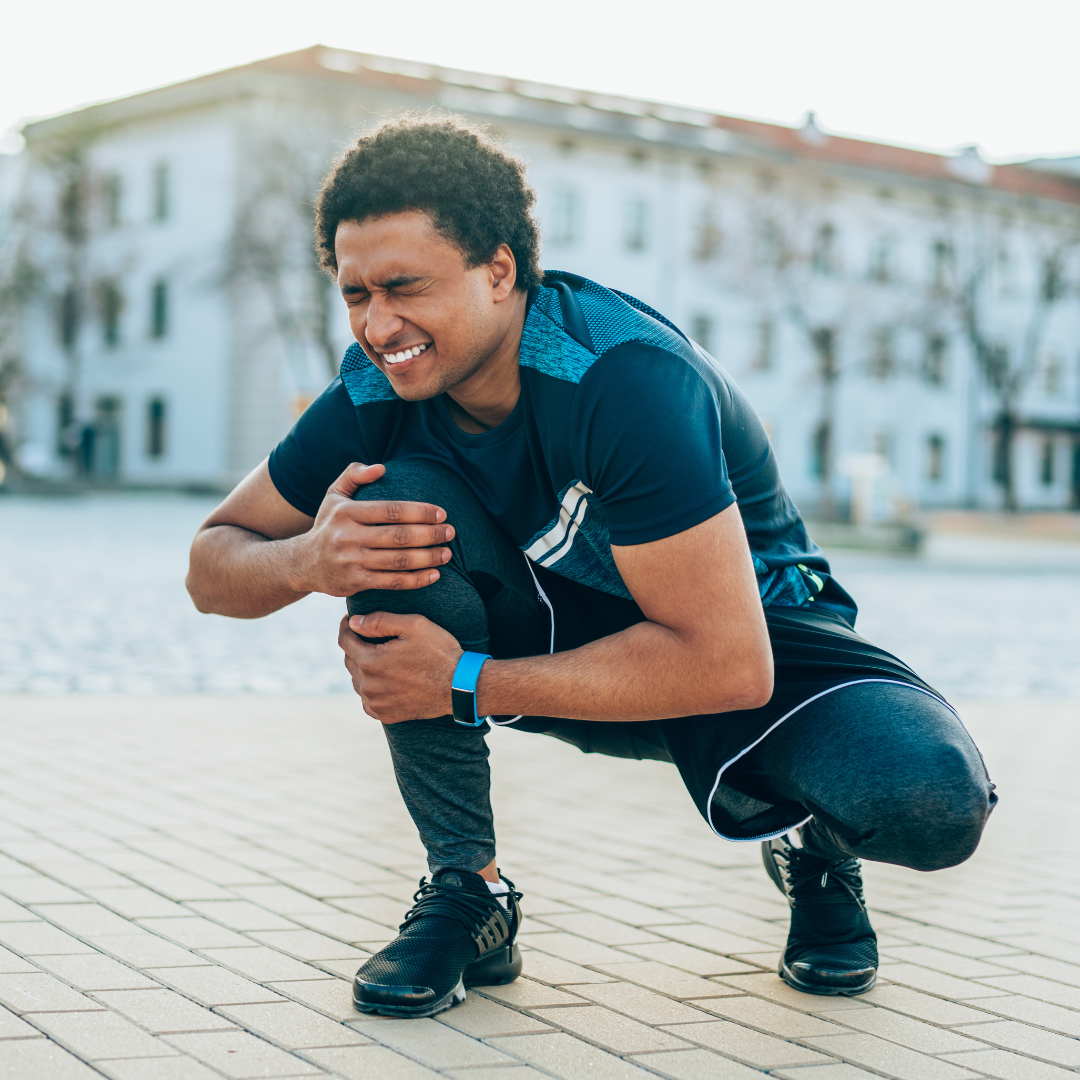
How to Prevent Sports Injuries: 5 Essential Tips for Athletes
For athletes, injuries are the biggest obstacle to success. But with the right knowledge, it’s possible to avoid most sports-related injuries. Below, we’ll go over some top tips for athletes who want to prevent injuries and stay healthy. Read on and learn how you can reduce your risk of injury during physical activity!
Warm Up and Cool Down Properly
It’s essential to warm up and cool down when participating in any sport. Warming up increases your heart rate and circulation. This prepares your body for the upcoming activity. Cooling down helps your body return to its resting state. This reduces the risk of post-exercise injuries and soreness.
To warm up, start with some light cardiovascular exercise. You can go jogging or biking. Then, do some dynamic stretching. This is a type of stretching that involves moving your joints through a full range of motion. For example, you could do leg swings or arm circles. Finally, end with some specific exercises for the sport you’ll be participating in. For instance, if you’re playing basketball, shoot some hoops to get your arms and legs loose.
When cooling down after exercise, again start with some light cardiovascular activity. This will help bring your heart rate down gradually. Then do static stretches. These are stretches where you hold a position for 20-30 seconds without moving. These stretches help lengthen muscles that may have shortened during exercise. Make sure to stretch both the muscle groups that you used during the activity. Also, include the opposing muscle groups when doing t these stretches.
Use the Right Equipment
If you’re going to play a sport, having the proper equipment is essential. This doesn’t just mean having the latest and greatest gear; it also means ensuring that everything fits properly.
Ill-fitting equipment can lead to injuries. For example, a loose helmet or a weak mouthguard could result in serious mouth injuries, necessitating an emergency dentist to address the damage and provide immediate care. It’s crucial to ensure that all protective gear, including helmets, mouthguards, pads, and shoes, fits properly and is in good condition before engaging in sports activities. This helps minimize the risk of accidents and injuries, allowing individuals to enjoy sports safely and without unnecessary health risks.
In addition to having the right equipment, it’s important to use it correctly. This means following all the manufacturer’s instructions and taking care of your gear properly. By doing so, you’ll ensure that your equipment lasts.
Stay Hydrated
Athletes need to stay hydrated before, during, and after competition or training. Even a small amount of dehydration can impact an athlete’s performance. Dehydration can cause muscles to fatigue more easily. This can then lead to cramping. It can also make it difficult to concentrate and make decisions.
In hot weather conditions, dehydration can lead to heat illness. This can be dangerous and can lead to dire consequences. To prevent dehydration, drink plenty of fluids throughout the day. This is especially important during competition or training. You should also avoid caffeinated beverages. This is because caffeine can promote dehydration.
Also, try to drink even if you don’t feel thirsty. Keep in mind that thirst should not be the only indicator of your hydration status.
Eat a Healthy Diet
A healthy diet is important for everyone, but it’s especially important for athletes. Eating a nutritious diet helps athletes perform at their best. Doing so will also help them recover from workouts more quickly. There are a few key nutrients that are particularly important for athletes. These are protein, carbohydrates, and fat.
Protein is important for building and repairing muscles. Carbohydrates are the body’s main source of energy. Fat is also an important source of energy, and it helps the body absorb vitamins and minerals. To get the nutrients you need, eat a variety of foods from all food groups. These should include fruits, vegetables, grains, proteins, and dairy. Choose whole-grain bread and cereals, lean proteins, and healthy fats like olive oil. Avoid processed foods and foods high in sugar or saturated fat.
Eating a healthy diet doesn’t have to be difficult or boring. There are plenty of delicious foods that are good for you! Experiment with new recipes and ingredients to find meals that you enjoy.
Get Enough Rest and Recovery Time
It’s no secret that athletes are always looking for ways to improve their performance. But, one of the most important things that athletes need to do is to get enough rest and recovery time. When you’re constantly pushing your body to the limits, it’s important to give your body time to recover. If you don’t allow your body to recover, you’re putting yourself at a much higher risk of developing an injury. The most common condition that athletes are prone to is plantar fasciitis, which is caused by the continuous impact on the feet during training and competition. Through adequate rest, it is possible to manage this pain and reduce discomfort. In case you want to continue with your daily activities despite suffering from this condition, you can use plantar fasciitis socks that tend to stabilize the foot and provide relief.
Furthermore, there are a few different things that you can do to make sure that you’re getting enough rest and recovery time. One is to make sure that you’re getting enough sleep each night. Most adults need around 7-8 hours of sleep each night, but athletes may need even more. Then, you should take days off from training. It’s important to have at least one or two days each week where you don’t train at all. This will give your body the chance it needs to fully recover.
Likewise, opting for sports massage in Chicago, IL or your location can be highly beneficial. A sports massage helps alleviate muscle tension, reduces pain, and enhances overall relaxation, which is essential for maintaining peak performance. This form of massage targets specific muscle groups used in your sport, aiding in the relief of tightness and soreness accumulated from intense training sessions.
Additionally, incorporating active recovery methods such as foam rolling and light stretching into your routine can further promote blood flow and expedite muscle recovery. Foam rolling, for instance, helps release muscle knots and improve flexibility by applying pressure to specific points on your muscles, similar to a deep tissue massage.
Light stretching, on the other hand, can help maintain or even increase your range of motion, preventing stiffness and reducing the risk of injury. By promoting circulation, these activities facilitate the delivery of essential nutrients to muscle tissues and the removal of metabolic waste products.
Together, these recovery strategies not only enhance your physical condition but also contribute to your overall well-being, ensuring that you remain agile, strong, and ready for your next training session or competition. Incorporating these practices into your regimen can significantly improve your athletic performance and longevity.
With these, you can give your body the rest and recovery time it needs. This in turn can help prevent sports injuries.





